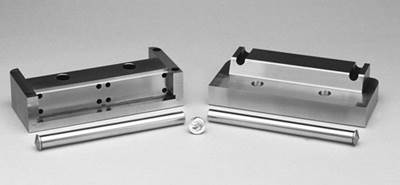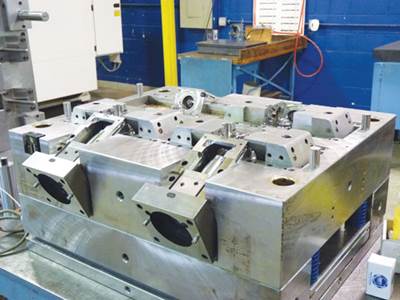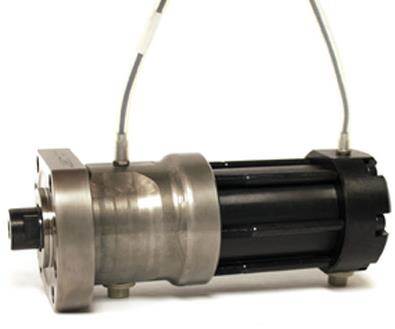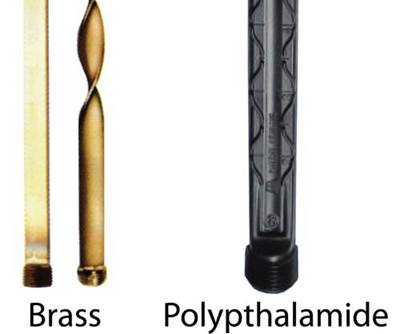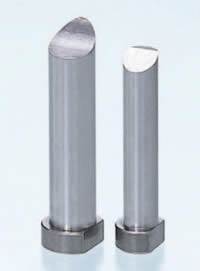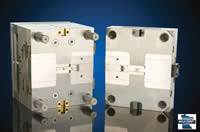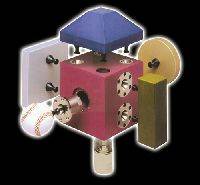Mold Components
Today's Tools for Tomorrow's Technology Leaders
As you investigate investment in capital equipment, training, services, or a myriad of other technology items, turn to this guide for assistance.
Read MoreConsider the Advantages of Using Standardized Slides
The benefits of using standard slide assemblies are realized by the moldmaker and the molder. It is a proven way to save time and money for both users.
Read MoreModular Side-Action System in Medical Part Molding Reduces Downtime, Cycle Times
Case Study/Mold Components, Medical.
Read MoreAlt Method of Actuating Injection Mold Core Pulls and Slides
Improve efficiency and speed with hydraulic locking core pull cylinders.
Read MoreBaffle Blades in Plastic Injection Molds
Turbulent-flow plastic baffles eliminate blow-by, significantly improving cooling and cycle times.
Read MoreConfigured Components Help Save Time And Costs, and Maximize Efficiency
How to achieve big cost and time savings in your mold work by streamlining the mold design and ordering process. How using standard mold components can enable you to spend more time designing and building molds instead of all the components that go into them.
Read MoreChangeable Mold Base Offers Flexibility, Productivity While Reducing Tooling Costs
A mold base has been designed that provides faster production changeovers.
Read MoreQuick-Change Devices Reduce Setup Time
A line of quick-change devices has been developed that serves as a replacement for traditional nuts and bolts and can reduce setup time.
Read More

